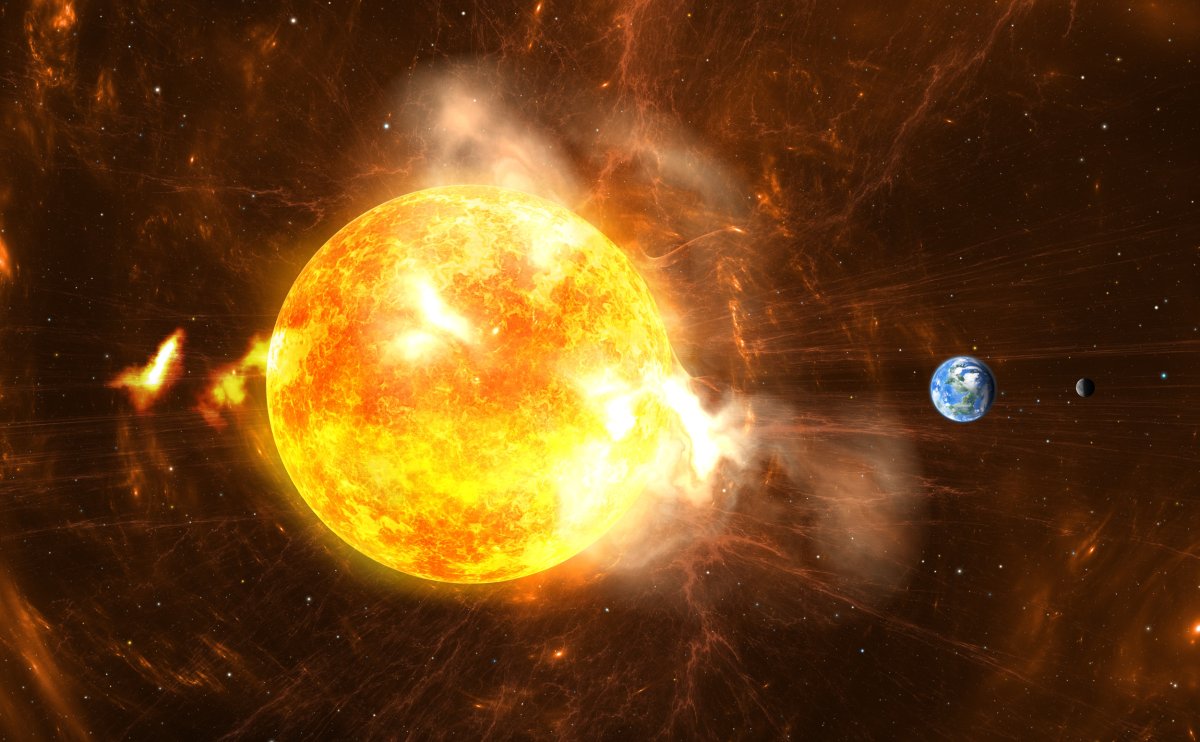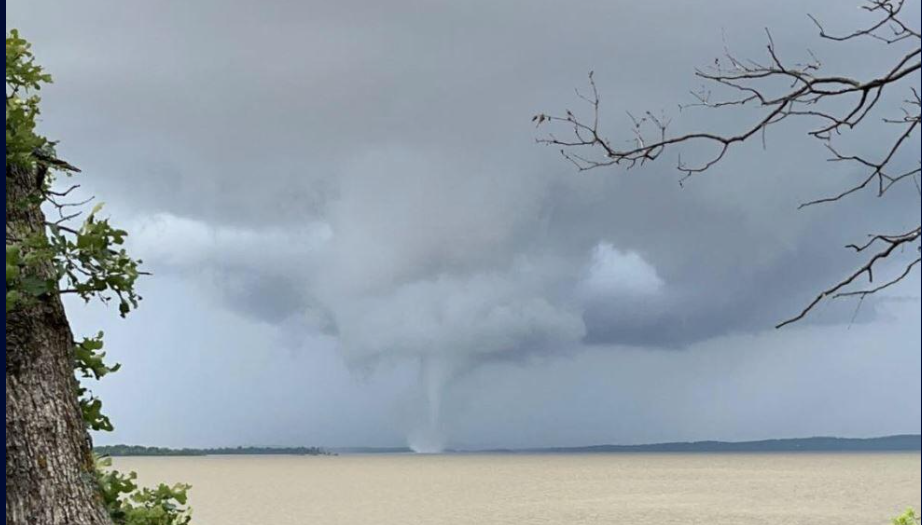A spectacular display of nature’s raw power unfolded on Friday night, as the most powerful solar storm in over two decades struck Earth. This celestial event, triggered by a coronal mass ejection (CME) from the Sun, unleashed a wave of charged particles that bathed the skies in vibrant auroras, visible from Tasmania to Britain. While these breathtaking light shows captivated skywatchers, the storm also carries the potential to disrupt satellites, power grids, and even animal navigation.
The National Oceanic and Atmospheric Administration’s (NOAA) Space Weather Prediction Center confirmed the arrival of the CME shortly after 4:00 PM GMT. This surge of plasma and magnetic fields rapidly intensified, prompting NOAA to upgrade the event to an “extreme” geomagnetic storm – the first such event since the infamous “Halloween Storms” of 2003. Those storms caused widespread blackouts in Sweden and damaged power infrastructure in South Africa, highlighting the potential consequences of powerful solar activity.
The internet buzzed with awe-inspiring images of the auroras, with social media users across the globe sharing their experiences. From the vibrant greens and purples dancing across the night sky in Northern Europe to the breathtaking display witnessed in Tasmania, the storm provided a once-in-a-lifetime glimpse of a dynamic solar phenomenon.
“We just woke the kids up to see the Northern Lights in our own backyard! Unbelievable – you can see them clearly with the naked eye,” exclaimed Iain Mansfield, a British resident, to AFP. Meanwhile, photographer Sean O’Riordan captured the mesmerizing display in Tasmania, describing the sight as “absolutely biblical.”
While the public marveled at the celestial spectacle, authorities were quick to take action. Satellite operators, airlines, and power grid officials were notified of the potential disruptions caused by the storm’s impact on Earth’s magnetic field. Unlike solar flares, which travel at the speed of light, CMEs move at a slower pace, currently estimated at around 800 kilometers per second. This time difference allows for proactive measures to be taken.
The source of this solar storm lies in a massive sunspot cluster, a region of intense magnetic activity on the Sun’s surface, which is a staggering 17 times wider than our planet. This activity is part of the Sun’s natural 11-year cycle, and we are currently approaching the peak of this period, meaning more solar storms can be expected in the coming years.
Experts are divided on the precise geographical reach of the auroras. Professor Mathew Owens, a space physicist at the University of Reading, advises the public to “go outside tonight and look.” He emphasizes the spectacular nature of the auroras and encourages those who have eclipse glasses to observe the sunspot cluster during the day. While the most vibrant displays are expected at higher latitudes, Owens suggests that residents in locations like Northern California and Alabama in the United States might also catch a glimpse of the phenomenon.
For those unable to see the auroras with the naked eye, NOAA’s Brent Gordon offers a helpful tip. He suggests taking pictures of the night sky with smartphones. “Modern phone cameras can capture amazing details that may not be visible to the naked eye,” he explains.
The impact of the storm extends beyond dazzling light shows. Fluctuations in the magnetic field can induce currents in long wires, potentially leading to blackouts. Pipelines can also become electrified, causing operational challenges. While the Earth’s atmosphere shields us from the harmful radiation accompanying the storm, spacecraft orbiting our planet are at risk. NASA has dedicated teams monitoring the situation and can take necessary steps to protect astronauts on the International Space Station by moving them to better-shielded areas within the outpost.
Interestingly, even animals might be affected by the storm. Pigeons and other creatures with internal biological compasses could experience disruptions in their navigation abilities. Researchers at NASA’s Jet Propulsion Laboratory have observed a decrease in homing success rates for pigeons during geomagnetic storms.
As a precautionary measure, officials advise keeping basic emergency supplies on hand, such as flashlights, batteries, and radios, in case of power outages. The Carrington Event of 1859, the most powerful geomagnetic storm ever recorded, serves as a stark reminder of the potential consequences of extreme solar activity. While this latest storm doesn’t appear to be as severe, it serves as a valuable opportunity to prepare for future events and appreciate the awe-inspiring power of the Sun.



